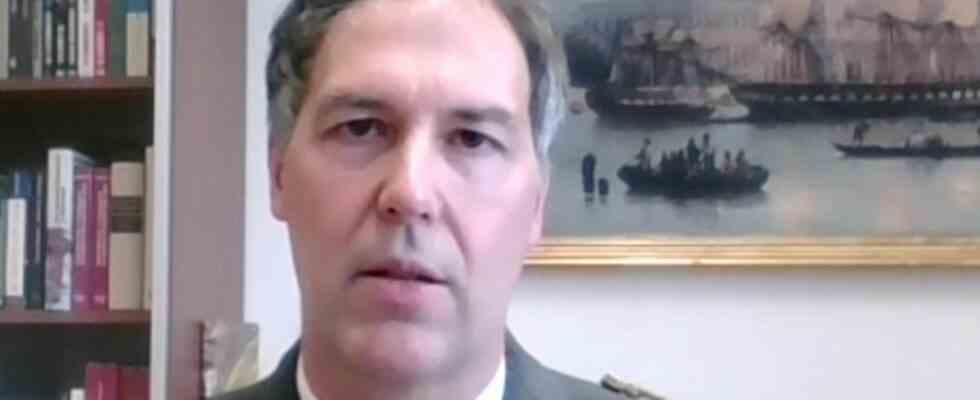Watch the video: Brigadier Philipp Eder, Head of Military Strategy in the Austrian Armed Forces, assesses the situation in the Ukraine war.
Brigadier Philipp Eder, General and former tank commander of the Austrian Armed Forces, talks about the combined use of battle tanks and their defense and also gives his assessment of the strategic situation in the war in Ukraine:
- Preparations for the expected major offensive are underway on both sides
- As soon as the ground is passable, in February, March at the latest, he awaits the attack
- It is possible that this time Russia will attack from the north and try to encircle eastern Ukraine
- Information from the West about the delivery time of the tanks is incomprehensible because Russia is analyzing it carefully
- Perhaps they are also being deceived here and delivered earlier
Eder summarized:
There are two ways to use the Leopard 2 in Ukraine. It’s either a support in defense or a counterattack tool to reclaim territory. Or they use the tanks when they themselves become offensive again and try to achieve success with speed and thrust. The loss of Ukrainian weapons will not be remedied with the delivery of the battle tanks: “The battle tanks are part of a whole range of weapon systems that you need to wage a war like this.” It also requires artillery. Ukraine has said that they need air forces, i.e. aircraft/fighter jets and ammunition. No war can be decided today by battle tanks alone. Marder armored personnel carriers could serve as infantry protection. “Some compare it to an orchestra, where different instruments are needed to create an appropriate performance. That’s how it is on the battlefield.”
Tank deliveries also pose problems for Ukraine
The various tanks in the west are primarily a logistical challenge, but the different ammunition and the means of communication in the devices also have to be harmonized. “The fewer tanks that are supplied from the western side, the greater the need for the Ukrainian armed forces to mix these different tank models.” Western tanks are exposed to many dangers in Ukraine: the Russians have anti-tank guided missiles, they could penetrate western systems. The artillery can also shoot at battle tanks with the appropriate precision, then there is a danger from the air, for example from drones. They too can take out main battle tanks, as has been seen in Armenia and Azerbaijan.
Whether the Western main battle tanks will arrive in time for Ukraine depends on how quickly Russia is able to attack. The Russians would be watching closely what was being negotiated in the West. Eder is surprised that specific delivery periods for Western weapons are mentioned. The Russians take advantage of that. “You could also deceive by naming times that might not be until later, i.e. when you can deliver earlier.” The Russians will try to launch offensives even before the Western arms are delivered. “It’s a fight for time – on both sides.” He expects a Russian offensive in February or March at the latest. But the Ukrainians also want to do it as quickly as possible. On the offensive: “I think that has already started.” What looks like trench warfare already includes reconnaissance activities. Both sides would feel where the opponent’s vulnerabilities lie. According to Eder, the preparations for the offensive have already begun. They would get started as soon as the ground was passable and supplies could be brought forward. There are various possibilities where the Russians could attack. Once they could selectively break through defensive positions. But the risk here would be high losses. “It would be more elegant from a military point of view if you could make another approach from Russian territory, for example in the north.” But that would be less in the direction of Kyiv and more to encircle Ukrainian forces in eastern Ukraine. The Russians’ most successful offensive to date has been in the south. Again, it would be possible to attack again.
“Arms support is not war participation”
In terms of international law, the line from which NATO states would be drawn into the war would only be reached when Western armed forces intervened on Ukrainian soil. Support with weapons and help with reconnaissance is not a part of the war. He anticipates that the war will be a long time coming and won’t be over until both sides are exhausted or one side succeeds enough to create a fait accompli.
Vivian Bahlmann talks to Brigadier Philipp Eder, military strategist of the Austrian Armed Forces.

